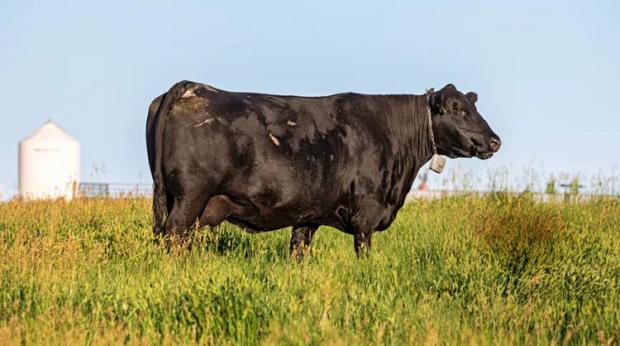
Breaking News
 Three Bob Ross Paintings Sold for $600,000 at Auction in Fundraiser for Public Television
Three Bob Ross Paintings Sold for $600,000 at Auction in Fundraiser for Public Television
 New Gel Regrows Dental Enamel–Which Humans Cannot Do–and Could Revolutionize Tooth Care
New Gel Regrows Dental Enamel–Which Humans Cannot Do–and Could Revolutionize Tooth Care
 Delta Airlines Treats Teens to Free 'Dream Flights' Inspiring Many to Become Pilots and Engi
Delta Airlines Treats Teens to Free 'Dream Flights' Inspiring Many to Become Pilots and Engi
 "Every reserve currency has COLLAPSED, the US dollar is next" We better buckle up!
"Every reserve currency has COLLAPSED, the US dollar is next" We better buckle up!
Top Tech News
 Blue Origin New Glenn 2 Next Launch and How Many Launches in 2026 and 2027
Blue Origin New Glenn 2 Next Launch and How Many Launches in 2026 and 2027
 China's thorium reactor aims to fuse power and parity
China's thorium reactor aims to fuse power and parity
 Ancient way to create penicillin, a medicine from ancient era
Ancient way to create penicillin, a medicine from ancient era
 Goodbye, Cavities? Scientists Just Found a Way to Regrow Tooth Enamel
Goodbye, Cavities? Scientists Just Found a Way to Regrow Tooth Enamel
 Scientists Say They've Figured Out How to Transcribe Your Thoughts From an MRI Scan
Scientists Say They've Figured Out How to Transcribe Your Thoughts From an MRI Scan
 SanDisk stuffed 1 TB of storage into the smallest Type-C thumb drive ever
SanDisk stuffed 1 TB of storage into the smallest Type-C thumb drive ever
 Calling Dr. Grok. Can AI Do Better than Your Primary Physician?
Calling Dr. Grok. Can AI Do Better than Your Primary Physician?
 HUGE 32kWh LiFePO4 DIY Battery w/ 628Ah Cells! 90 Minute Build
HUGE 32kWh LiFePO4 DIY Battery w/ 628Ah Cells! 90 Minute Build
 What Has Bitcoin Become 17 Years After Satoshi Nakamoto Published The Whitepaper?
What Has Bitcoin Become 17 Years After Satoshi Nakamoto Published The Whitepaper?
Virtual Fencing May Allow Thousands More Cattle to Be Ranched on Land Rather Than in Barns

The virtual system promises huge benefit for farmers, consumers, and wildlife, as more cows can graze on nutritious grass and fewer have to sit in the feedlot.
North America lost several million of its native grazers in the 19th century, and much of the prairie land that's left which hasn't become farmland is missing the ecosystem services the bison herds once provided.
By not having to worry about building fences or overwatching them with cowboys on horseback, larger herds can live semi-natural existences on North American land, helping to enrich the soil and disperse native seeds all with substantially lower labor and material costs for the rancher.
That's the promise at least; the technology is just emerging in the ranching industry. But what do early adopters have to say about it?

 Unbanked In A Connected World
Unbanked In A Connected World

